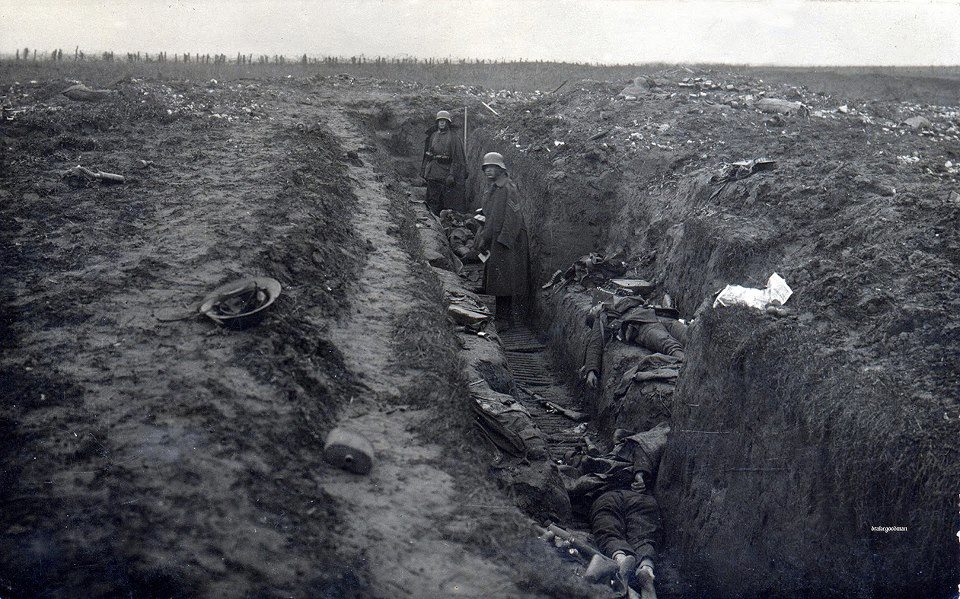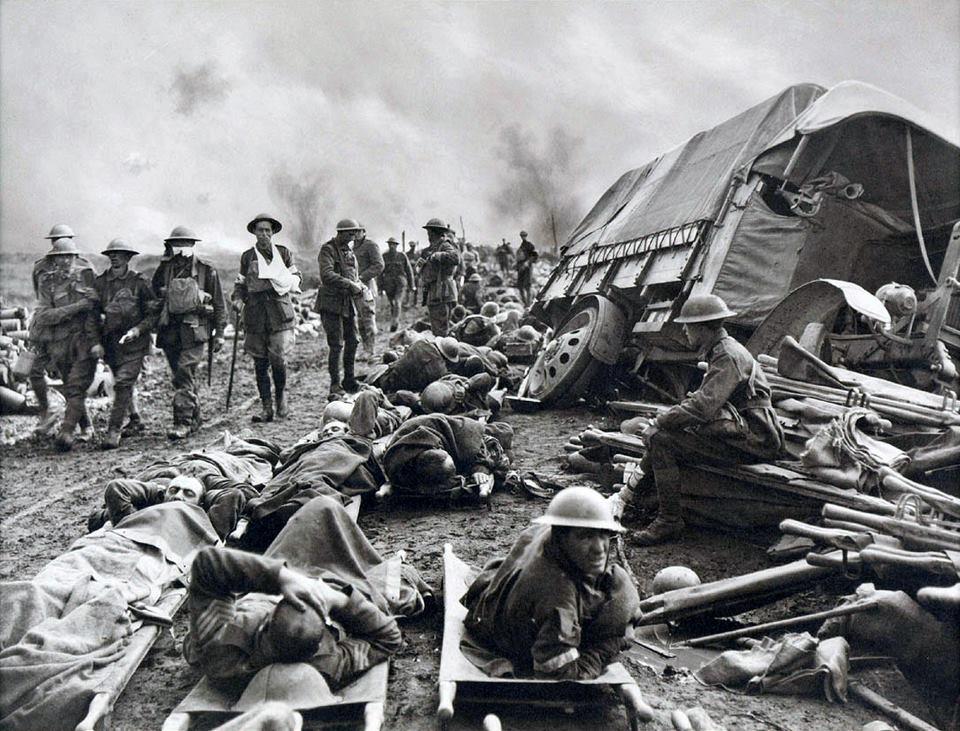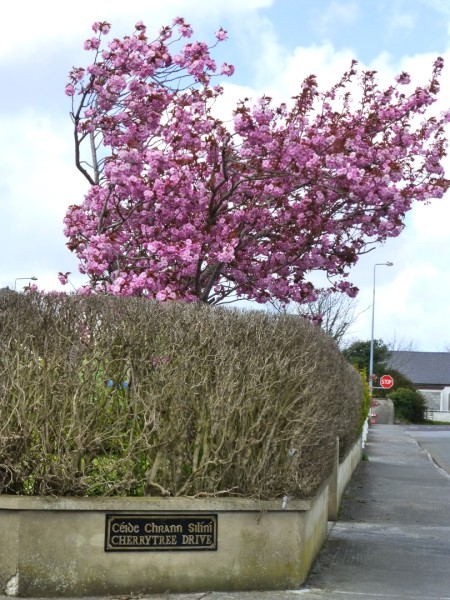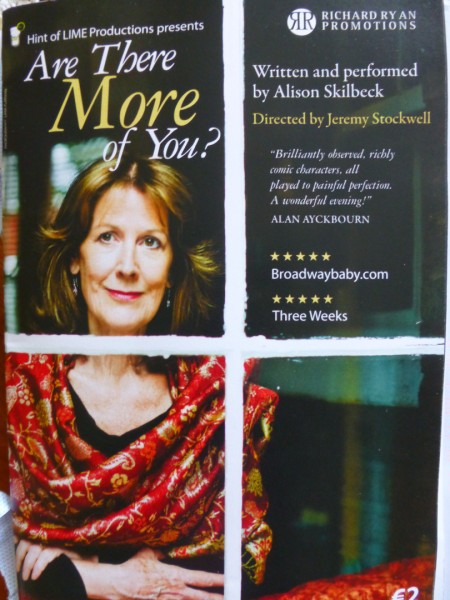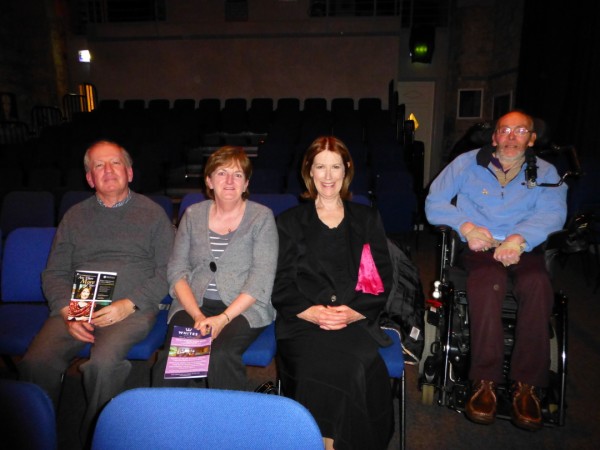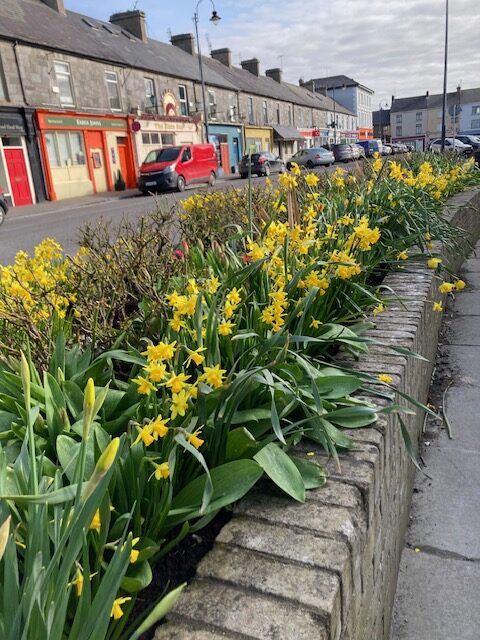
Market Street in March 2025
<<<<<<<
A few More Old Postcards from Máire MacMahon
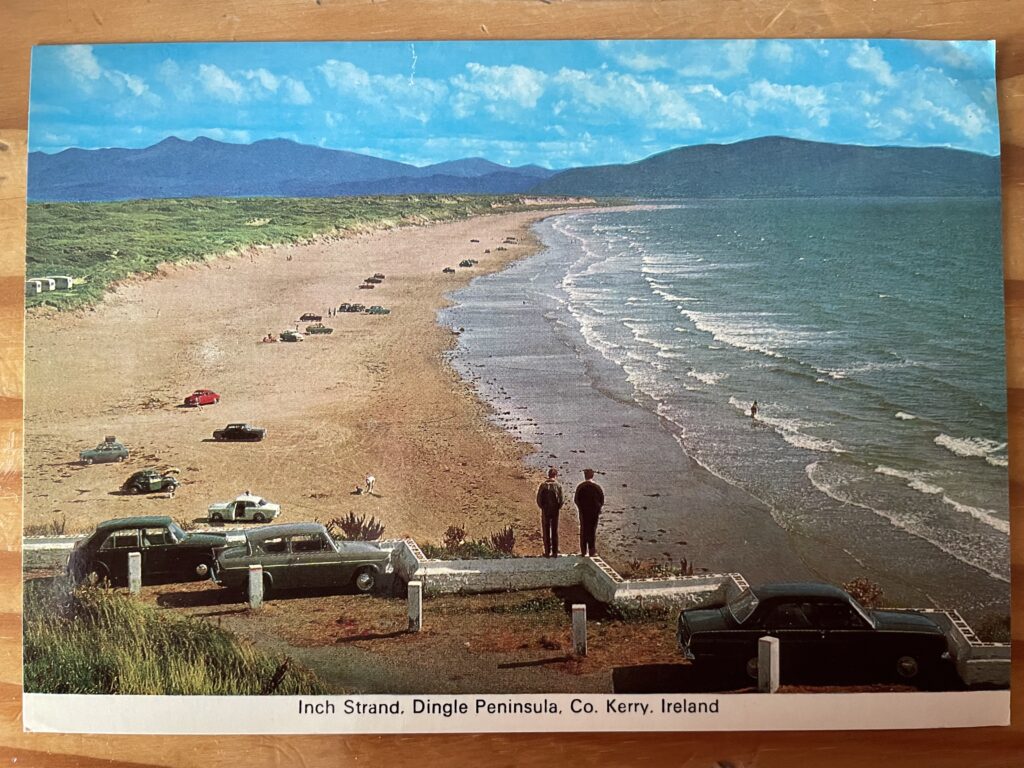
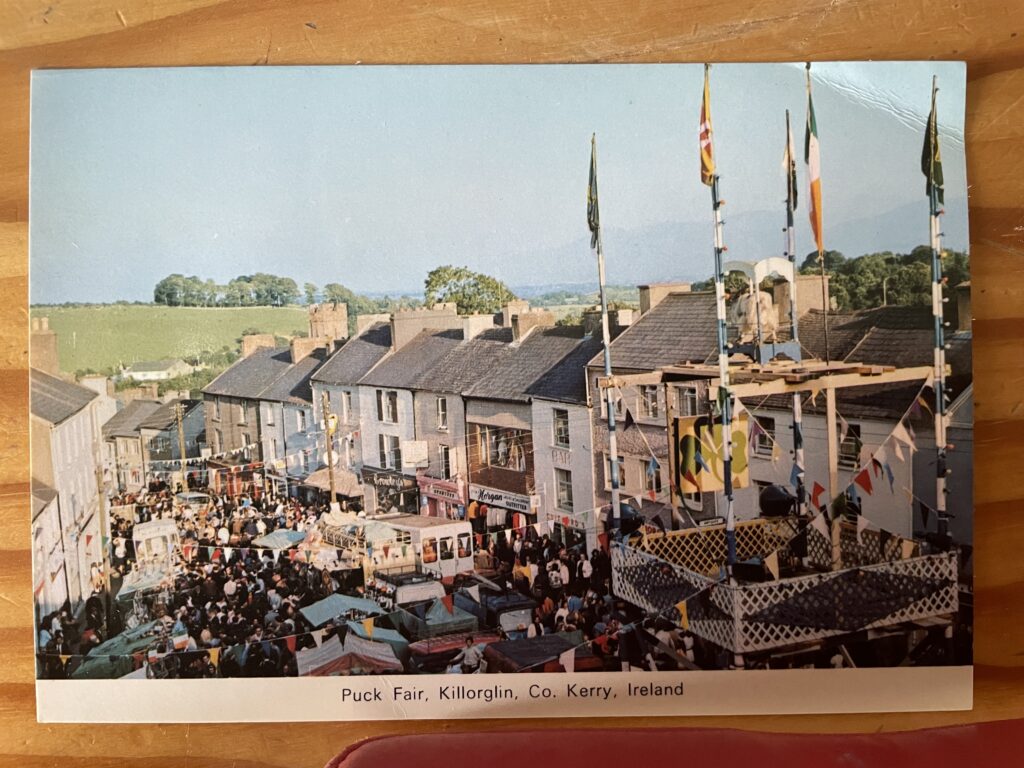
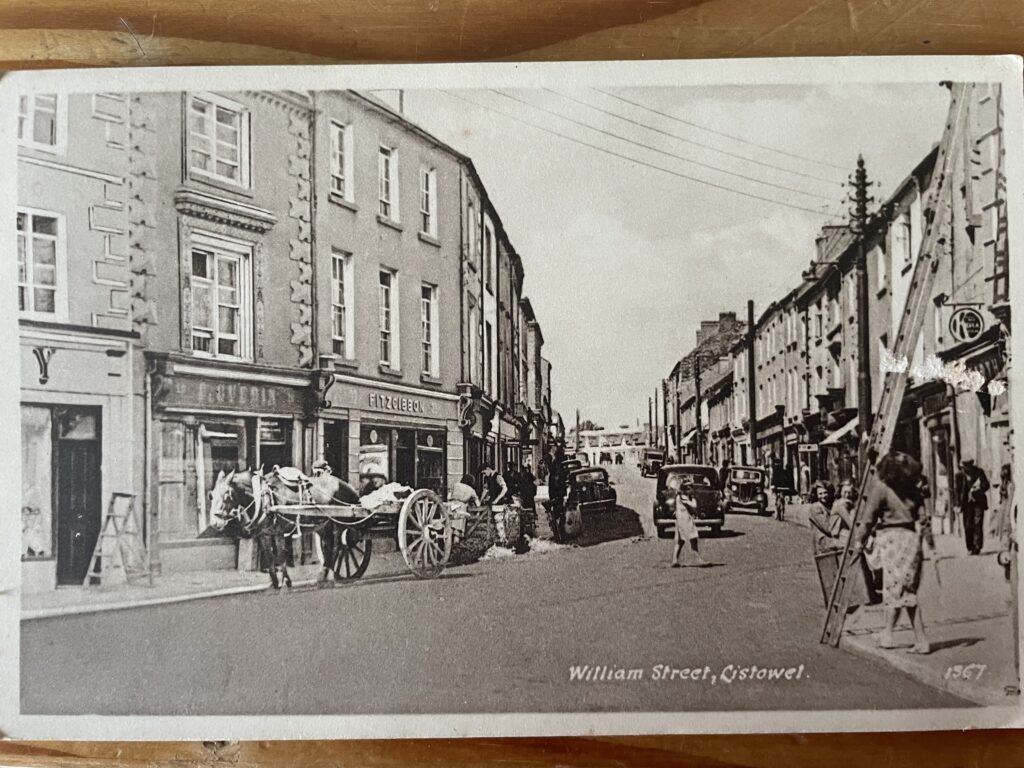
William Street looks so busy on that day with ladders, horses, Model Ts and people all over the place.
<<<<<<<<
An Irish American Poet with a strong Listowel Connection
Sean Carlson no linger lives in Listowel but he maintains a strong link with us.
Sean has been in touch. Here is his news…
Hi Mary,
Three new recent write-ups for you to know about:
“Home and/or Home,” my interview following our 2024 Listowel Writers’ Week panel with Erin Fornoff and Gustav Parker Hibbett on their respective poetry and experiences also growing up in the U.S. and writing in Ireland, was published in The Common, a U.S. literary journal.
“Bus to Ballybunion,” my short dispatch from the Tralee to Ballybunion afternoon route was featured in the winter/spring 2025 issue of Trasna, a journal on Ireland and its diasporas.
“Every time a fly went by,” written in and about Listowel and first published last year in the Honest Ulsterman, was recently selected for Verse Daily‘s poem-a-day anthology.
Best wishes from here!
– Sean
<<<<<<<
St Patrick got his very own Executive Order
Here is an exchange from the Oval Office as reported by The National Desk.
(On March 7 2025)
“Lindsey Halligan then presented Trump with the Irish American Heritage Month proclamation. She told Trump it was a “proclamation proclaiming March 2025 as Irish American Heritage month in honor of, to commemorate our amazing friendship between America and Ireland and to just honor all of the Irish Americans and I’m a little bit biased, because I am American and Irish.”
Trump said, “They’re great people, great people.”
Halligan reminded the president, “St. Patrick’s Day is coming up as well.”
Trump noted that Irish Americans voted for him in “heavy numbers.”
Holding up the signed document, Trump told reporters, “So for the Irish American people, proclamation.”
Irish Americans have played a crucial role in our great American story — courageously overcoming adversity and hardship to embolden our culture, enliven our spirit, and fortify our way of life. This Irish-American Heritage Month, we commemorate the special bond of friendship between the United States and Ireland — and we honor the extraordinary contributions of Irish-American citizens past and present, Trump wrote.”
Trump obviously loves our American cousins and they love him as shown by their voting for him in “heavy numbers’. Let’s hope he remembers that when it comes to slapping his beloved tariffs on Big Pharma and Tech companies with their European bases in Ireland.
“If You’re Irish, come into the parlour….”
What a welcome from Donald Trump and JD Vance yesterday?
<<<<<<<
Remember
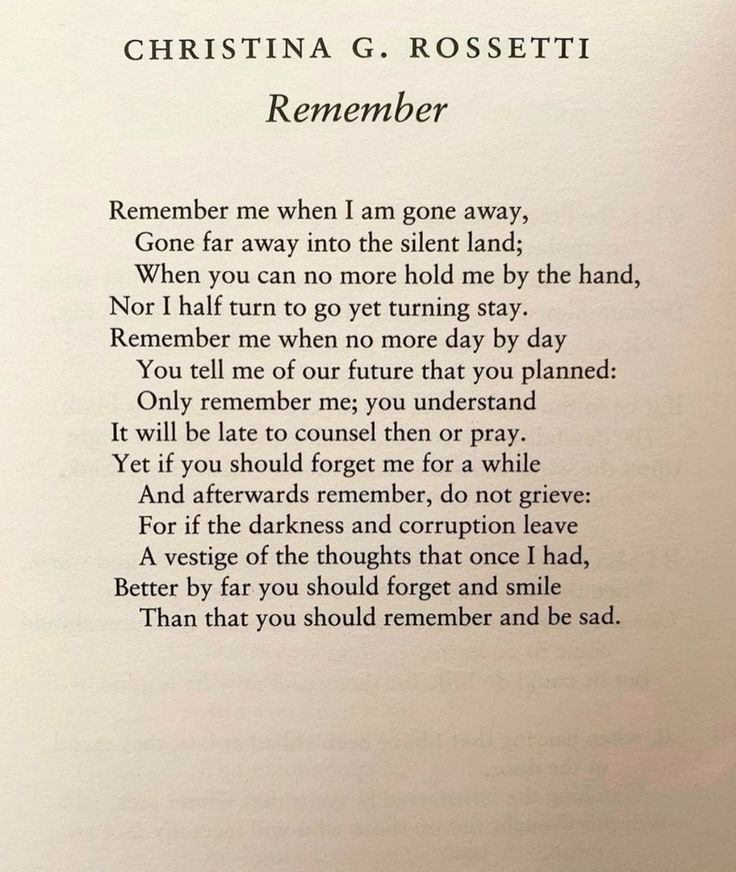
<<<<<<<
Deborah’s Lixnaw ancestors
Deborah Cronin wrote
“…I am also related to Tony McCarthy from Lixnaw. His charming wife gave me information to help me.
I will send you a photo of a map from 1850 that Nora McCarthy sent me. This depicts the McCarthy & McAuliffe properties. We visited the McCarthys a few years. My children have also visited. When we were there we met some relatives, Delia McAuliffe O’Sullivan and Mickey Heapy.”
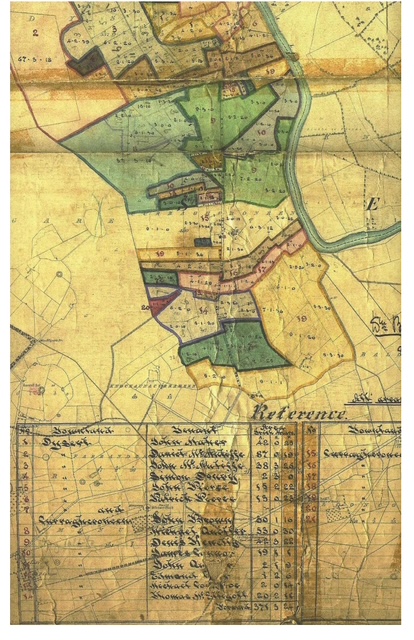
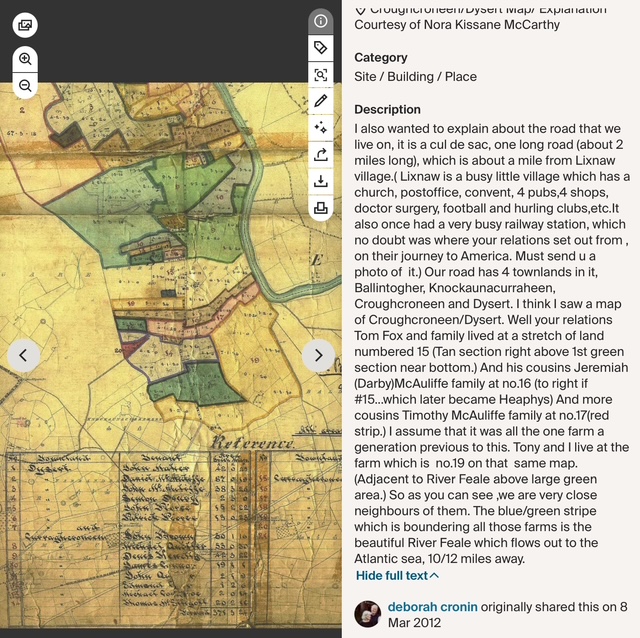
<<<<<<<<<<
A Fact
Our national colour used to be blue. It’s only been changed to green in popular, but not official, culture in the last 100 years.
<<<<<<<


















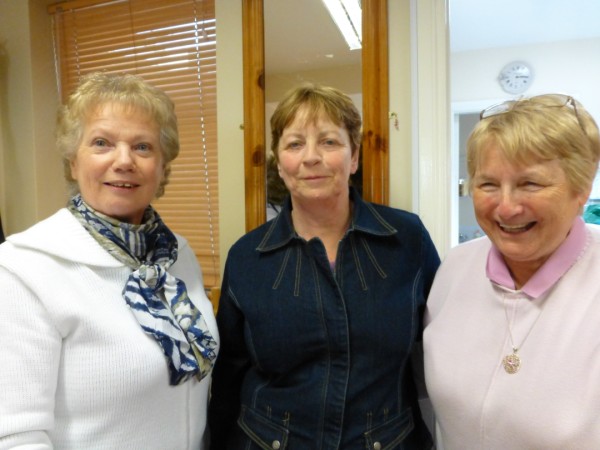
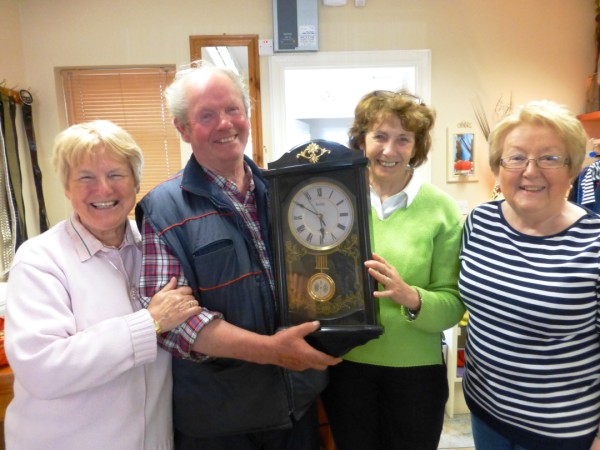
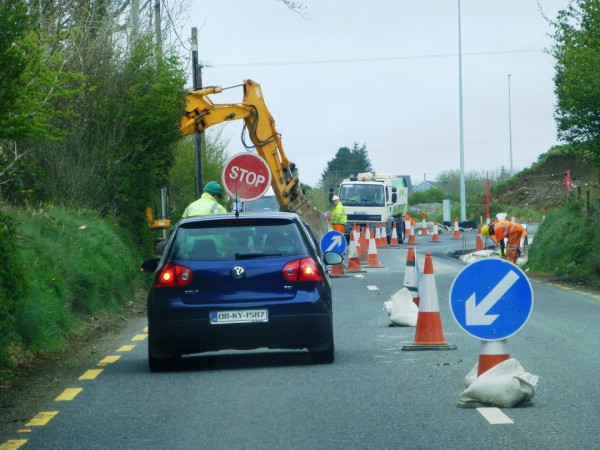
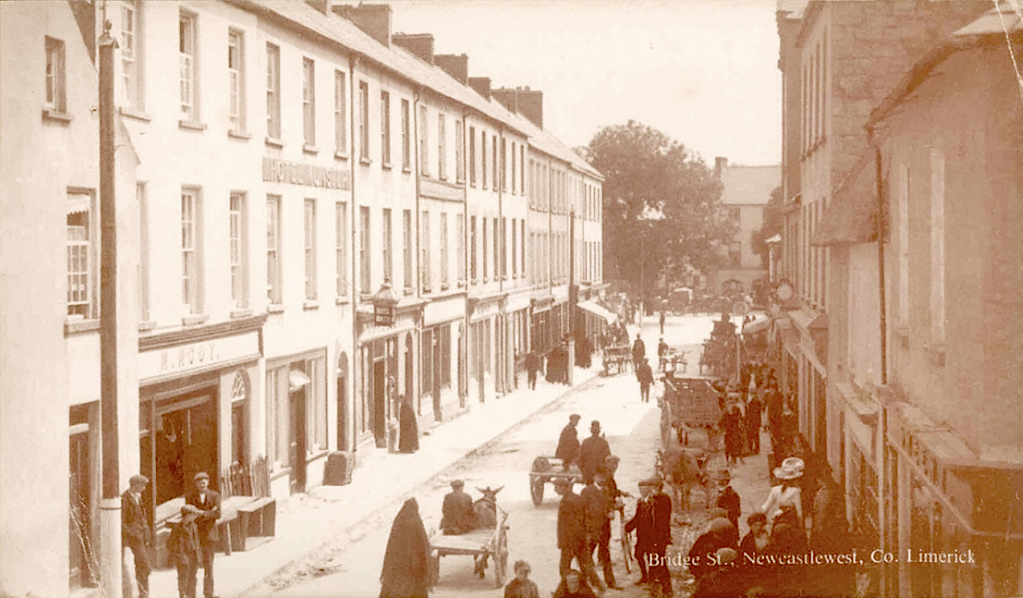
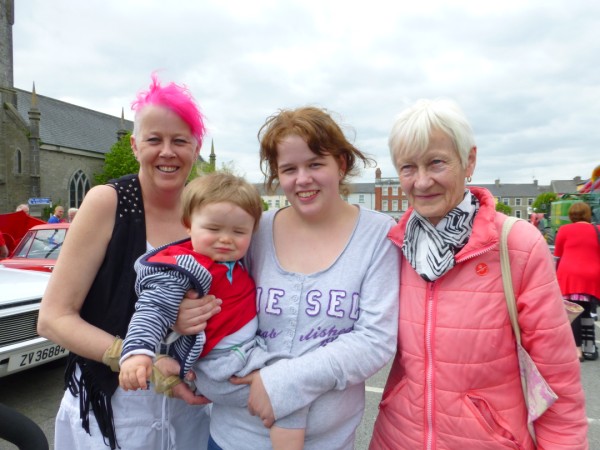
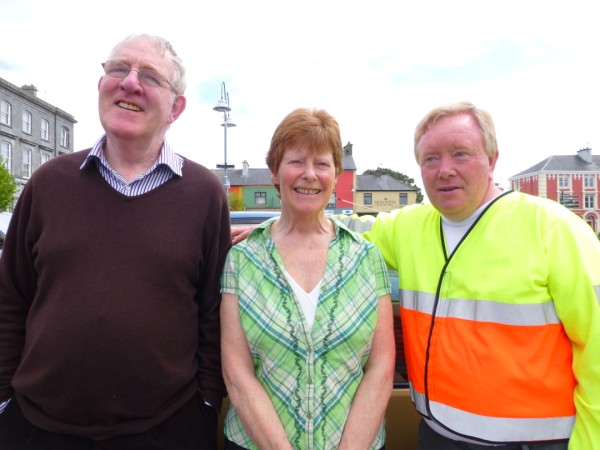
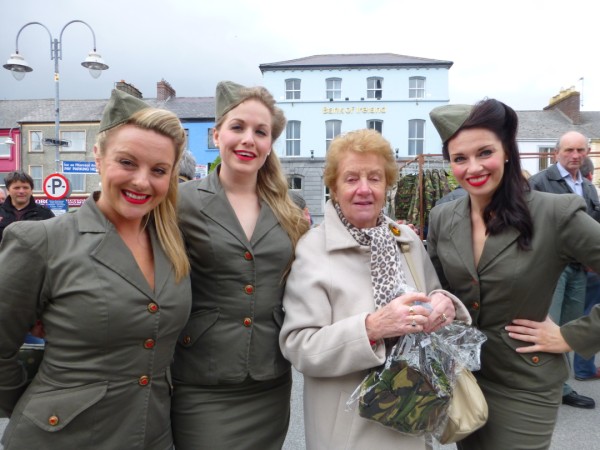
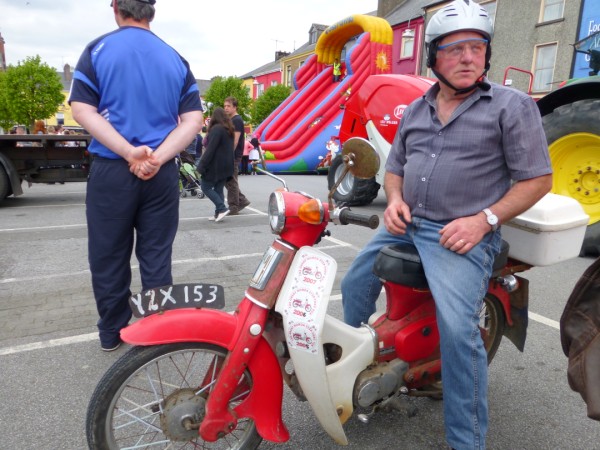
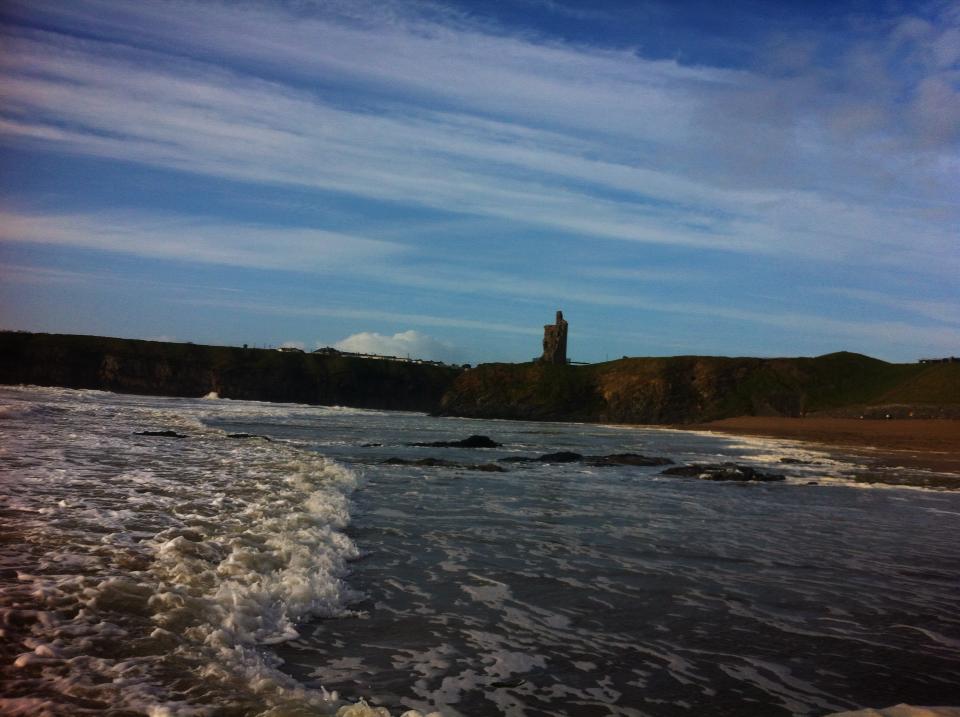
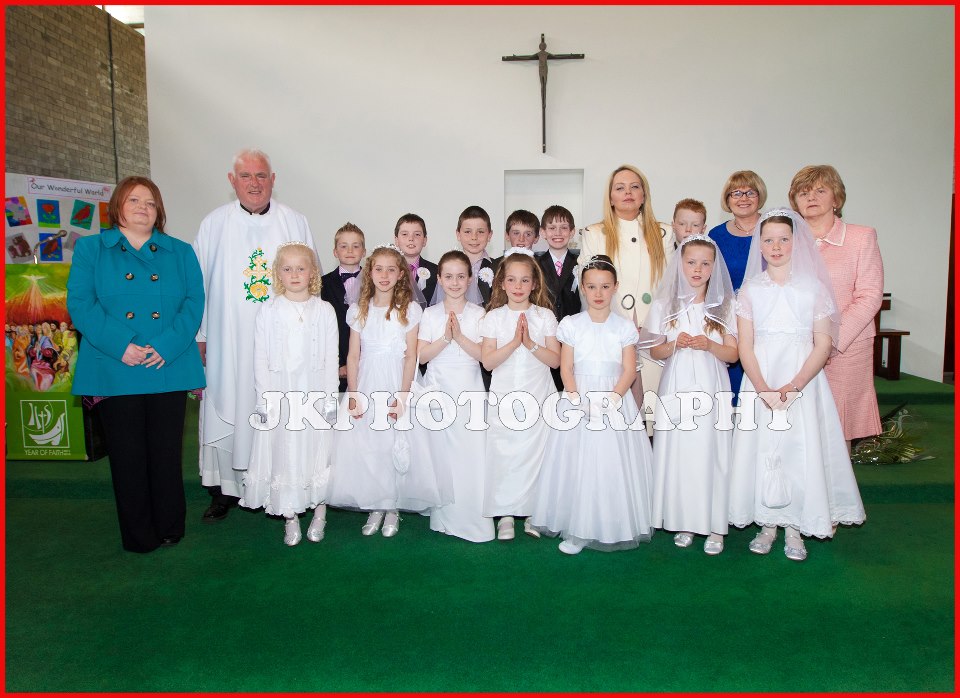
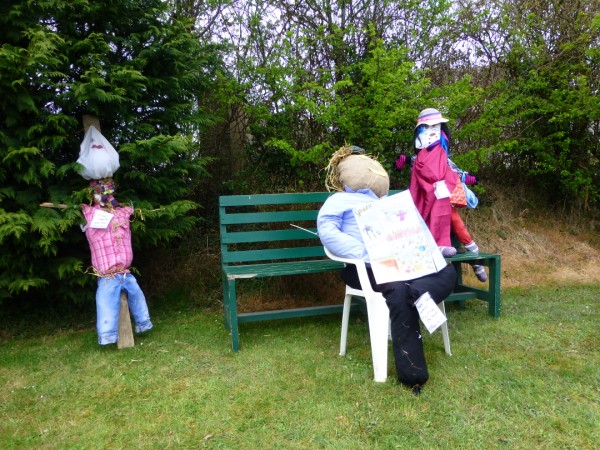
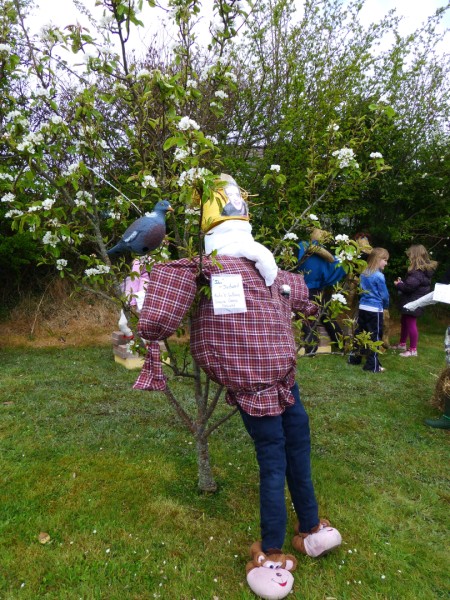
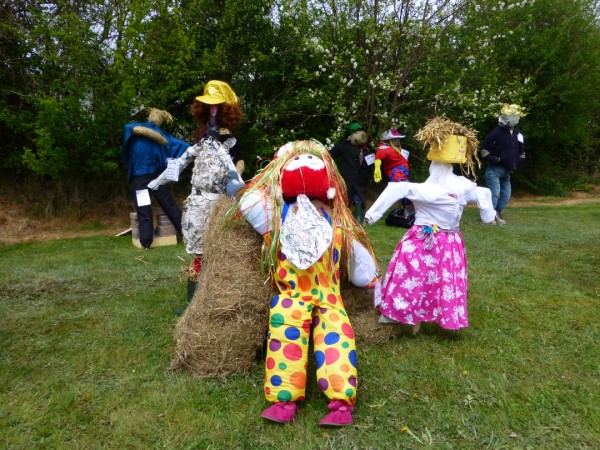
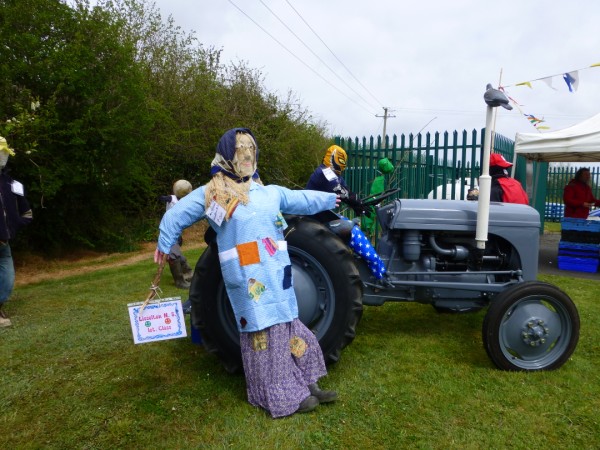
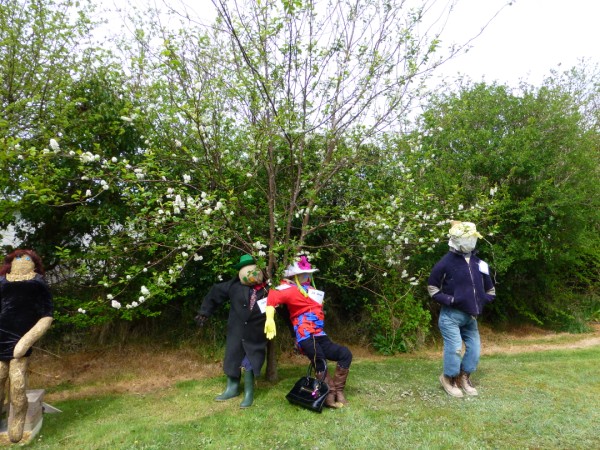
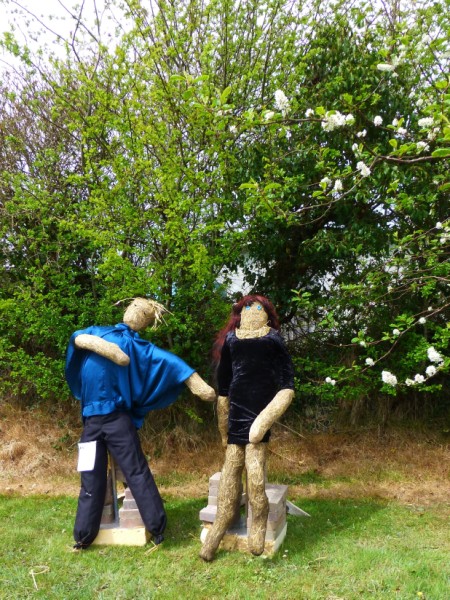
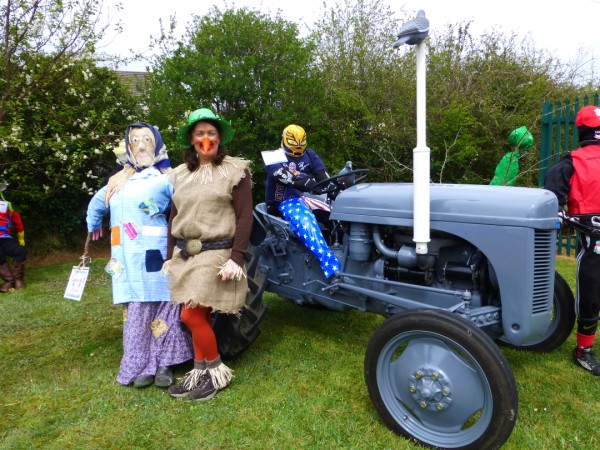
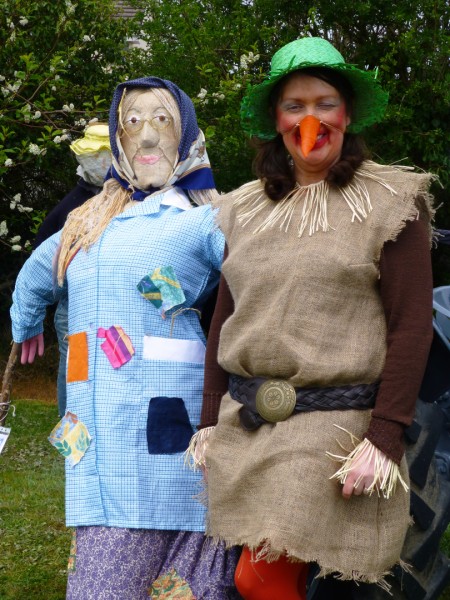
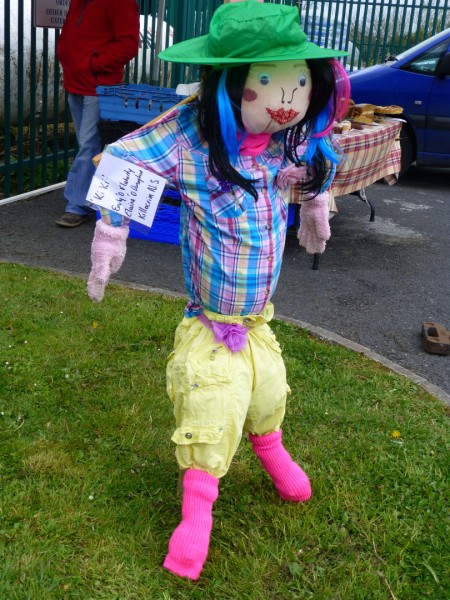
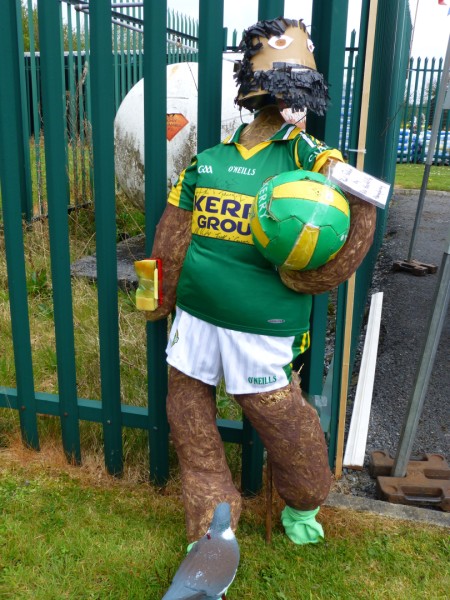
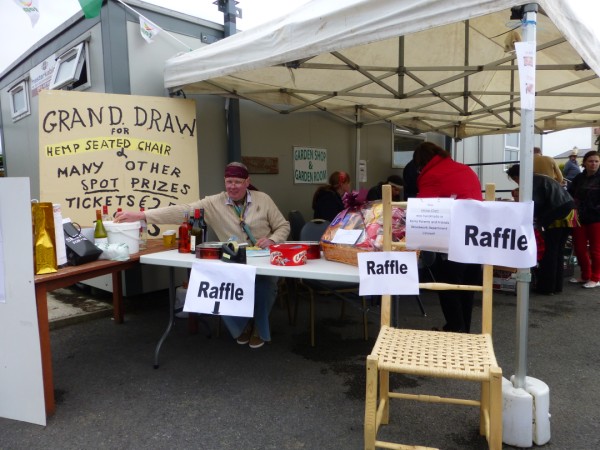
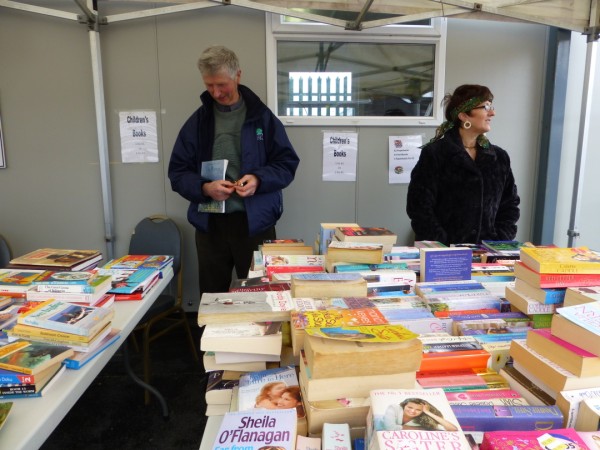
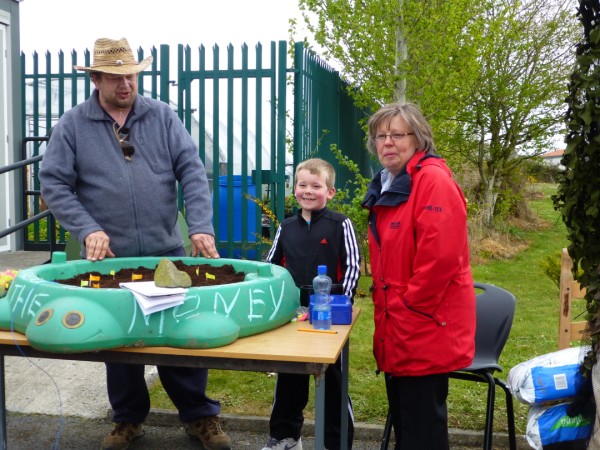
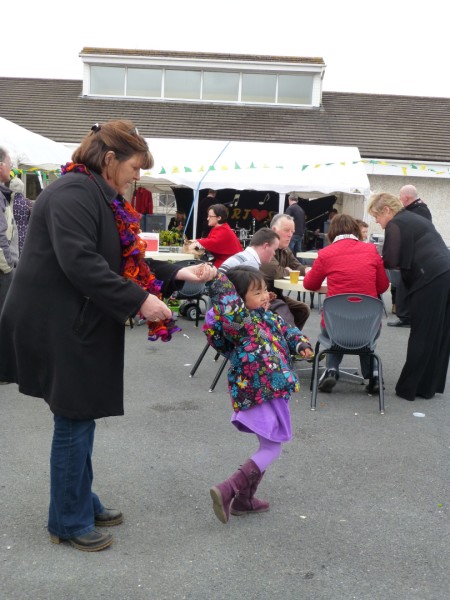 T
T